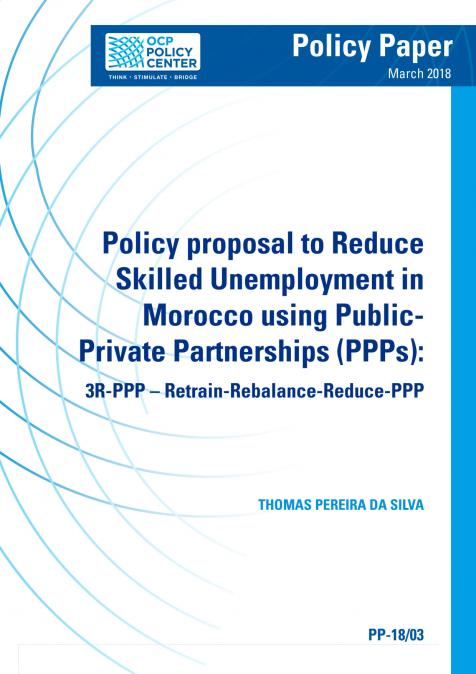يخصص مركز السياسات من أجل الجنوب الجديد حلقة برنامجه الأسبوعي "حديث الثلاثاء" لمنظومة النقل وتحدي الاستدامة في المغرب مع السيد كريم بن عمارة، رئيس مصلحة الحركية المستدامة بمديرية النقل الطرقي - وزارة النقل واللوجستيك.
موضوع التنقل المستدام كان حاضراً وبقوة في مؤتمر الأمم المتحدة السادس والعشرين للأطراف بشأن تغير المناخ (كوب-26) المنعقد في غلاسكو بالمملكة المتحدة، فقد أبرز معظم التحديات البيئية التي يجب مواجهتها، ومن بينها تلك المتعلقة بالتنقل والحركية المستدامة (النقل النظيف).
أضحى التنقل المستدام، في الوقت الراهن، في صميم انشغالات غالبية البلدان، ومن بينها المغرب، نظراً لمساهمته الكبيرة في الاستجابة للتغير المناخي وفي تحقيق نمو اقتصادي مستدام، تستفيد منه الأجيال القادمة. فقد بذل جهوداً كبيرة من أجل النهوض بهذا النمط من التنقل، ومع ذلك، لا يزال هناك عدد من النواقص التي قد تشكل عقبة أمام تطوير التنقل المسؤول إيكولوجيا. الأمر الذي يستدعي بالخصوص تطوير منظومة مندمجة "للتنقّل المُستدام" تتوخى بالأساس إدراج حاجياته ضمن سياسات التعمير والتخطيط.
نعود خلال هاته الحلقة إلى تطورات منظومة النقل وتحدي الاستدامة في المغرب، نبذة عن بعض التحولات التي عرفها ولازال يعرفها هذا المجال على الصعيد العالمي، وكدى دور قطاع النقل الطرقي في الجهود المبذولة للحد من التغيرات المناخية والتلوث، مع التركيز على المغرب عبر استعراض ما قامت به وزارة النقل واللوجستيك في هذا الصدد، أسئلة وغيرها نناقشها مع كريم بن عمارة، رئيس مصلحة الحركية المستدامة بمديرية النقل الطرقي - وزارة النقل واللوجيستيك.









